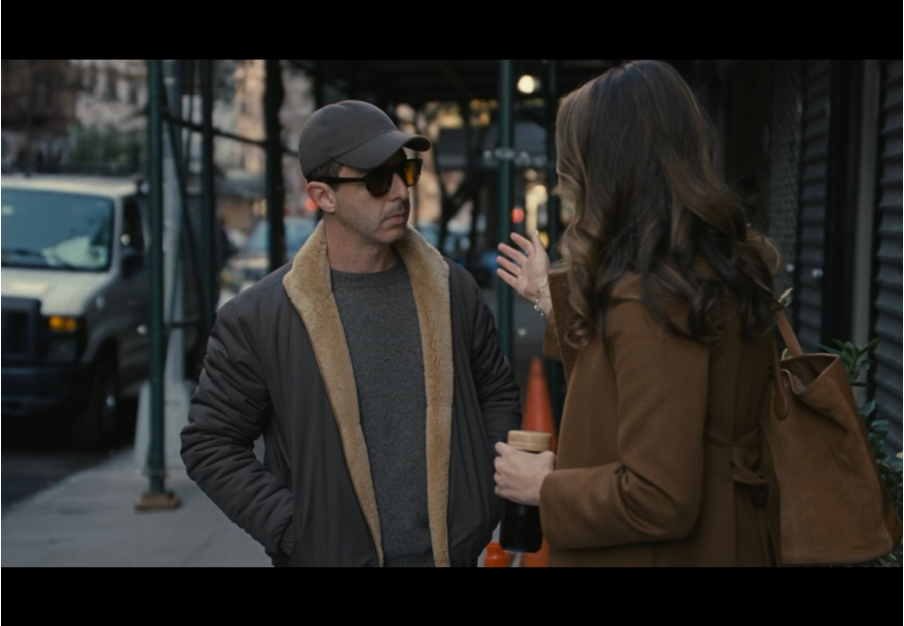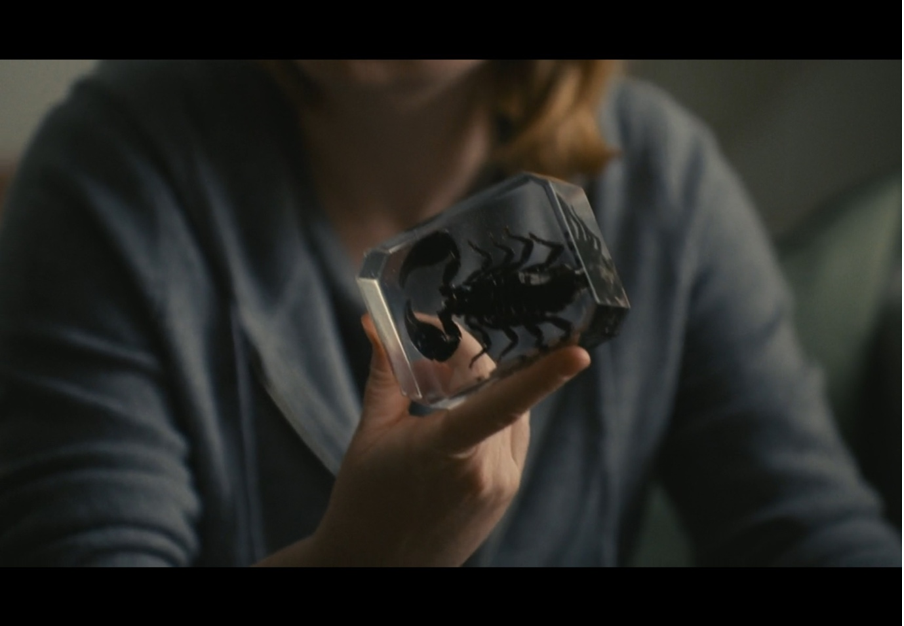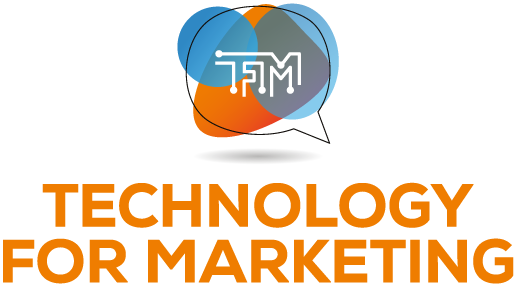Spot the Storytelling: Lessons from TV Drama
.png/fit-in/700x9999/filters:no_upscale())
Storytelling is one of the most important tools in the kit box for everyone focused on creating a successful marketing campaign.
I have seen in my work as a Story Coach, that without a doubt, marketing professionals in every role can amplify their effectiveness by using story principles to collaborate and create. Story is not just for the agency creating the ad or the artist creating the billboard. When the principles of storytelling touch every point of a marketing campaign it gives it rocket fuel. So, it follows that for anyone working in technology for marketing, getting a handle on these skills and using them regularly is critical to success in a marketplace where customers are overwhelmed with content, and competition to get and keep their attention is fierce. Stories are designed to get the attention of a human being’s brain. This is the power we are looking to harness.
A masterclass in the principles of storytelling
I am going to take you through how this TV drama has used story principles to punch through the noise and got everyone hooked, so the good news is that you won’t even have to get off the sofa for this masterclass!

HBO’s smash hit series, Succession, follows the board room dramas and even more dramatic personal lives of a dysfunctional US media tycoon and his family. The production company have made a lot of telly out of this story over the last 5 years. It’s a classic US monster production; 3 x 10 shows plus 1 x 9 shows (what happened in Series 3??) each lasting about 60 minutes long which is 2,340 minutes they have managed to keep viewers tuned in to Succession (8 million per episode this series and counting). In July of this year the 2023 Emmy nominations were announced with Succession’s final season sweeping the board with a mega 27 nominations. You get my point!
I am going to use Series 4: Episode 7 Tailgate party as our case-study.
The ‘sticky’ start
Succession works super-hard to keep you glued, as hard in Series 4 as it did in Series 1. The first principle it uses to do that is the ‘sticky’ start which establishes the relationship with the audience. In many TV shows, you will be shown tiny clips of the best bits of what you are about to see in an attempt to keep you watching. You may be enticed, but you also might immediately switch off when you see what is coming. Too much has been revealed too early which is not good storytelling practise. What Succession does is a two stage ‘tease’ to hook you in and keep you walking towards the main event. A story lures in the audience at the start by posing a question in their mind – one they will swap a minute of their time for to get the answer. Succession does this with a clever recap technique, it is not just a straight recap, in fact it is pretty hard to follow as a linear recap, instead it gives us moments that T-up what we need to know for this episode. Straight away we are intrigued, a question has been posed, Why do I need to know that Roma tried to fire Jerry? Why do I need to know that Shiv and Tom fell out?
When does your story start?
Wherever those first touch points are with your audience this is where your story starts. You need to work extremely hard to give them a reason to give you few more moments of their time and attention, and a reason to walk towards your story. Find ways to intrigue the audience or acknowledge them and what matters to them (rather than to you or your business). We are looking for that first, fleeting but critical moment of transaction where you demonstrate that you have designed an experience to delight them. If you throw everything at your audience or shout too loud at the start it could frighten them off.
Keep it human
The second stage of the Succession tease is designed to play on our basic human instinct to be fascinated by other human beings and to engage our emotions. Before they launch us into any complicated plot lines (and believe me they will), the writers give us two very human stories which are easy to follow and easy to relate to. We are getting to know PEOPLE, we have experienced some stimulating emotions e.g. empathy/judgement/humour, more questions are posed, we are ready to commit.
Here are the scenes; Kendall’s wife talks to him about her anxieties about their daughter’s mental health and he demonstrates complete self-absorption by getting angry, accusing her of neglect and threatening to sue the person who ‘shoved’ her in the street.

Tom glowing from their recent romantic reunion, gifts Shiv a scorpion in resin, it doesn’t go well, she is bewildered, he claims it is ‘funny’.


How are you making them feel?
Before you take your audience into anything even remotely taxing or involving concentration, settle them firmly into your story by looking at what the human/relationship angle might be. Never lose sight of your audience as an emotion driven human being (not one that only exists in the sphere of your offer) and be aware of how you are making them feel at the start – and throughout your story whether the audience experience you are mapping is digital, face-to-face, in-store, phone-based, event based, multi-channel or something only you have invented.
The Different World the story sits in.
Lastly for today, be aware and be impressed at how Succession plays an absolute blinder of a storytelling principle while keeping costs down. Every story exists within a ‘different world’ which the storyteller creates for us. While we watch Succession, we are transported from our crumb laden sofa to an opulent, exclusive, shiny, effortless world of the super-rich. Our brains take in a few clues and weave a whole visual and sensory world that we now experience the story in: we FEEL it. But this is HBO, good budgets but not movie budgets, and remember how many minutes of TV they have to squeeze out of those budgets. So the ‘different world’ is built through some careful transition shots – very close up and evocative with fantastic intimate sound detail – the pouring of champagne, the sprinkling of flaked salt on 50 perfect French fry canapes, or the huge over-view – drone shots of the city, the night, the lights with soaring musical accompaniment.
Create the world your audience wants to spend time in
As you create the journey for your audience, be aware that you need to build the ‘different world’ for them in their heads. What do you want that to feel like? e.g. generous, ahead of the curve, too good to miss, environmentally conscious, delicious, sensible? Then look at every tool you potentially have to build that ‘Different World’, a few places to jump off with this - visual, audio, time and space, local, domestic, colab, independent, speed, cultural, seasonal. Your audience will use every input they encounter to build the picture of this world – if you have ignored one that is part of their experience, they will still use it to build the world of your campaign.
Ann the Storycoach will be speaking at Technology for Marketing 2023!
Don’t miss your chance to see Ann Booth-Clibborn live! Join us at Technology for Marketing 2023!
Latest News
-
Kat Worley on Optimising the Online Experience
26 Nov 2025Ecommerce manager Kat Worley shares how data, creativity, and customer-centric thinking shape impactful digital experiences, reflecting on career lessons, platform insights, and the innovations transf ... -
Top 100 Marketing Influencers — 2025 Ranked List
30 Sept 2025Discover the Top 100 Marketing Influencers of 2025. The visionaries, innovators, and disruptors shaping digital, brand, content, social, and growth marketing, driving conversations and redefining indu ... -
Meet some of the team behind eCommerce Expo and Technology for Marketing. From planning highlights to industry trends, discover how they shape the UK’s biggest retail and marketing events.
-
Grace Miller reveals how “failing smarter” transforms experimentation into growth. From lessons learned to advice for future innovators, she explains why embracing failure is the key to progress in eC ...
-
How Temu Helped This UK Manufacturer Increase Sales and Create Jobs
26 Aug 2025 TemuFacing rising costs and shrinking sales channels, Nova Tissue turned to Temu. The platform rapidly boosted sales, safeguarded margins, and created UK jobs—transforming e-commerce into a major growth d ... -
Michelle Hurney on Personalised & Powerful: Driving Retention Through Smart CRM
20 Aug 2025 Phoebe Dunsmore, Marketing ExecutiveMichelle Hurney, Head of CRM at Wonderskin, explores career lessons, customer engagement, and how data, empathy, and AI shape the future of retention-focused marketing. -
The Rise of Influencer Accountability: Misrepresentation, Fines, and Evolving With The Industry
20 Aug 2025 RightlanderIn today’s digital economy, high-profile social media influencers wield significant power over consumer behaviour. However, with great influence comes great responsibility. From Italy to the UK and be ... -
Top 100 Marketing Influencers — 2025 Shortlist
15 Aug 2025Meet the Top 100 Marketing Influencers Shortlist of 2025. The innovators, disruptors, and rising stars leading the way in marketing. This year’s ranking is still under wraps, and the countdown begins ... -
Safeguarding Brand Reputation with Automated Compliance Tools: Why AI Alone Doesn’t Cut It
30 Jul 2025 RightlanderAutomated compliance tools are essential for brand protection. This article explores their strengths, the risks of relying solely on AI, and why a hybrid approach ensures compliance and consistency.

)
)
)
)
)
)
)
)
)
)
)
)

)
)
)
)
)
)
)
)
)
)
)
)
)
)
)
)
)
)
)
)
)
)
)
)
)